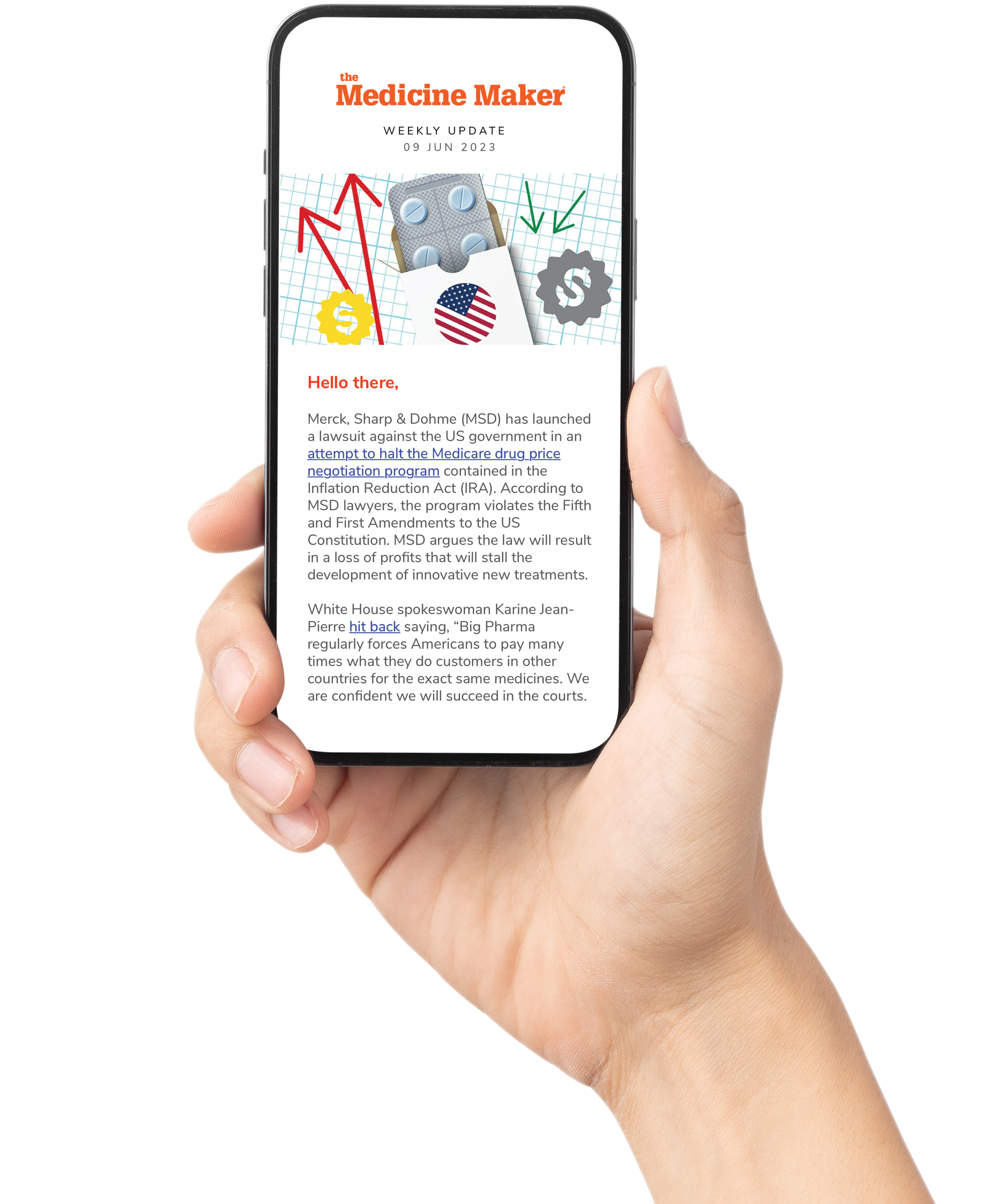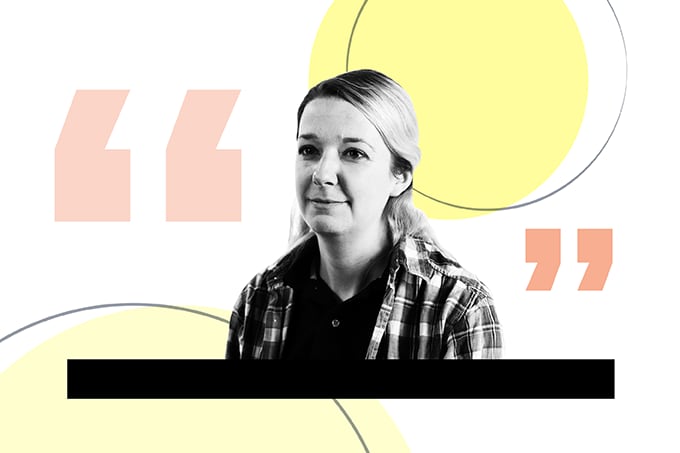
As cell and gene therapies progress, infrastructure must keep pace. Policymakers are responding, but policy alone won’t close the gap between life-saving therapies and the patients who need them.
Centralized CAR T manufacturing has a number of structural problems including long vein-to-vein times, strained collection capacity, and geographical barriers that limit access for many patients. One way the field is beginning to address these issues is by rethinking where and how apheresis happens. Mobile leukapheresis units and regional hubs are emerging as a practical way to bring cell collection closer to patients and donors, with early pilots showing shorter timelines and broader reach.
The Blood and Cells Advocacy Roster (BCAR) brings together expert voices from across the industry to discuss how such models can work in practice. By linking apheresis sites, community hubs, and initial processing capacity under shared quality systems, BCAR experts are exploring whether decentralized starting material supply can be scaled without compromising regulatory standards or manufacturing consistency.
Here we speak with BCAR members Adrienne Mendoza, Chief Operations Officer at BBG Advanced Therapies and Senior Vice President at BioBridge Global; Amy Hines, Vice President of Clinical Apheresis at Vitalant; and Trevor Smith, Senior Manager, Regional Marketing, Terumo BCT to find out more.
How can we address bottlenecks associated with centralized CAR-T manufacturing?
Amy Hines: The answer lies in using a network of apheresis collection and cellular therapy processing facilities that operate under a unified quality management system. We help address several well-known bottlenecks in centralized manufacturing, such as collection capacity (inpatient, outpatient), patient access to qualified apheresis collection services, and variability in starting material procurement processes. Initial cell processing and cryopreservation, when applicable, also addresses centralized manufacturing bottlenecks by more predictably delivering cellular starting material to the manufacturer when a manufacturing slot is available.
Adrienne Mendoza: We’ve all seen the limitations of current CAR-T manufacturing models; long wait times, complex logistics, and geographic barriers that make access harder than it should be. BBG is tackling these bottlenecks by focusing upstream, where the journey begins: cell collection, testing, cryopreservation and logistics.
Mobile leukapheresis centers and regional access teams allow us to decouple the first input to CAR T manufacturing, which is the process of collecting the patients' cells from the clinical site and bringing them closer to patients and healthy donors. This reduces vein-to-vein time, lowers costs, and expands the pool of clinical delivery sites/medical centers that can participate in advanced therapy delivery. But that’s only the first industry transformation. These access points will form the foundation for a distributed GMP manufacturing model. For example, a pharma partner can engage with us for leukapheresis and for the execution of a regional manufacturing protocol – with real-time visibility, quality oversight, and compliant review/release built in. That’s how we translate local access into scalable manufacturing capacity, without losing control of quality.
In short, we address bottlenecks by creating access, meeting patients where they are, aligning with sponsors on regulatory-ready solutions, and designing a network that can flex from cell collection all the way through distributed GMP manufacturing, testing, and final product release.
Trevor Smith: While bottlenecks from centralized manufacturing of CAR-T can arise from any number of sources, capacity in collections and manufacturing is often cited as the one of the most significant sources for delay. Robust, automated technologies have a dynamic range high enough to meet the needs of the industry, regardless of modality or indication.
How are you managing quality assurance and regulatory compliance in decentralized or multi-site CAR-T manufacturing models?
AH: Our goal is to establish Vitalant as a reliable collaborator in decentralized CAR-T production. Through an integrated network of apheresis and cellular processing centers, we’re looking to uphold a harmonized quality framework that aligns with regulatory standards and industry-leading protocols.
AM: Quality and compliance are the backbone of any advanced therapies service organization or biomanufacturing model — without them, you can't have a successful program. Our organization manages this through a unified quality management system that spans every aspect of our service lines: from starting materials, biomanufacturing, and cell therapy testing services. We’ve built an infrastructure to ensure consistency and compliance, and that allows us to deliver real-time visibility, full traceability, and review-by-exception even in multi-site or distributed environments. It’s not just a form factor change of putting paper on digital devices, but instead a true system-level integration that ensures compliance with automation, validation and dynamic content. This reduces bottlenecks and enhances quality and compliance enterprise wide.
What role can automation play in improving CAR-T manufacturing processes?
AM: Automation does show real promise in unlocking efficiencies, lowering costs, and eventually supporting distributed manufacturing models, but the real payoff will occur when we get all the way to fully closed automation, where every consumable is integrated and the process can move outside of heavy, resource-intensive cleanrooms. That’s where true scale – at the lowest possible cost, and most accessible to patients and donors – becomes possible.
It is important to remain platform-agnostic, focusing on the best automation options to fit each unique process. It’s also important to think at the systems level – pairing automation with a state-of-the-art, 21 CFR Part 11-compliant electronic batch record fully integrated with quality events, personnel, equipment qualification, and material control. This provides true traceability, real-time visibility, and review-by-exception customized to their process, which is extremely rare in this space.
So yes, automation can help. But it only delivers when paired with the right quality and data backbone.
How are you approaching cost-reduction strategies, and do you see decentralized manufacturing as economically viable in the long term?
TS: It’s not just about dollars and cents. To reduce costs, we must focus on process reliability by optimizing collection protocols, reducing the likelihood of secondary and tertiary collections to meet requirements. Terumo BCT, together with Eureka BioTechnology, has developed and published CAR-T workflows that combine activation, transduction, and expansion steps into a single, simple process that reduces hands-on time and reduces risk.
AM: Cost reduction has to be intentional in advanced therapies, where the science is extraordinary, but economics remain a barrier. Addressing this by reducing variability and waste upstream — through consistent yields in cell collections, stability in cryopreservation, precision and reproducibility in testing, and efficiency in manufacturing, is crucial. The industry also needs to invest in systems-level infrastructure that enables review-by-exception, real-time visibility, and leaner, more efficient operations.
Mobile leukapheresis centers are a practical example of how cost reduction can be achieved while expanding access. A single self-contained and validated unit and support team can serve 20 clinical sites or more, dramatically shortening clinical site activation timelines and lowering program costs. They provide centralized cost control with decentralized flexibility, under strict quality oversight, with real-time data reporting and the highest level of control for sensitive equipment. Just as importantly, they offer a safe and comfortable environment for patients – the most important stakeholders in this equation.
Decentralized manufacturing can be economically viable, but only when it’s anchored in a foundation of robust quality systems, centralized oversight, and smart infrastructure design.
What can be done to better manage the quality of the starting materials brought into CAR-T manufacturing processes?
TS: Starting cellular material for cell and gene therapies are inherently variable because they are derived from all the diversity humans can offer, including age and lifetime exposure to different environments. With that said, it is still possible to control the variability of the collection process and improve collection efficiencies through best practices; for example, standard operating procedures, highly trained staff, and automated apheresis devices that allow for minute adjustments both prior to collection and during collection. Improvements can also be made through careful analysis of historic collection data to identify trends and which patient or process characteristics most strongly correlate to positive cell yields.
AH: Most collectors today rely on the collection standards developed for products such as hematopoietic stem cell transplantation to support their approach. This includes appropriate consenting for all product collections, and IRB oversight. We have an imperfect, but good, understanding of how to evaluate donor safety and ensure the absence of known pathogens. To better understand how to improve the quality of starting materials, we need data that demonstrates how the characteristics of that starting material influence manufacturing outcomes, and, ultimately, patient outcomes.
Experience in the transfusion and transplant space have demonstrated that the material you start with matters. Over time, scientists and clinicians have worked together to understand which factors make a difference. Cellular starting material varies in many dimensions – some that are controllable, others that aren’t. Two patients or donors on an apheresis procedure for the same amount of time may produce leukopaks of different volumes, total nucleated cell counts, ratios of cells, and certainly a different mix of cytokines. Beyond that, there are behavioral and health questions that we are not monitoring that could have implications for the quality of the starting material and the outcomes. The impact of these differences, however, is not clear.
Collecting data about broader health and behavioral norms is another powerful step toward understanding and improving starting material quality.




